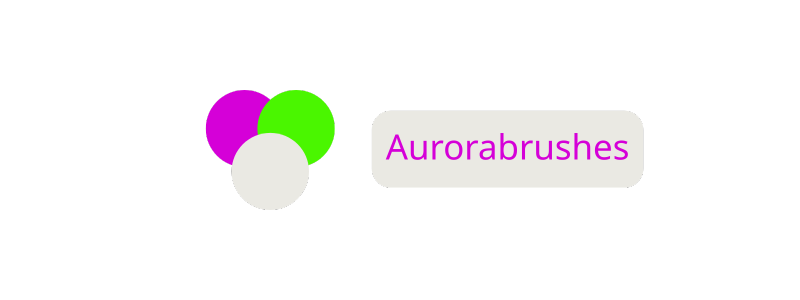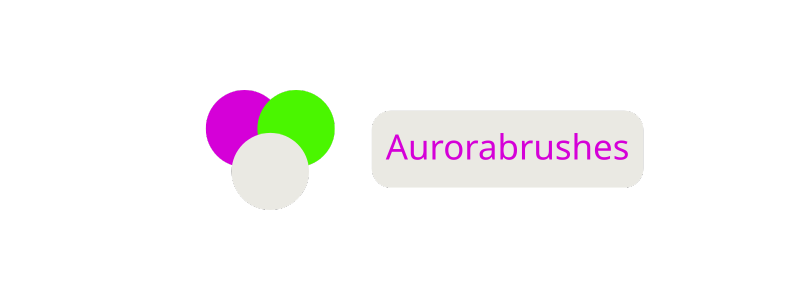How to Build a Headless CMS: Step-by-Step Guide, Architecture, Tech Stack, and Best Practices
Building a headless CMS might sound like a challenge but it opens up a world of possibilities for developers and content creators alike. I love how a headless CMS gives me the freedom to manage content separately from the way it’s presented letting me deliver seamless experiences across websites apps and even smart devices.
With traditional CMS platforms I often feel boxed in by rigid templates and limited flexibility. Switching to a headless approach lets me use any front-end technology I want while keeping content centralized and easy to update. If you’re ready to take control of your content and future-proof your projects let’s dive into what it takes to build a headless CMS from scratch.
Understanding Headless CMS Architecture
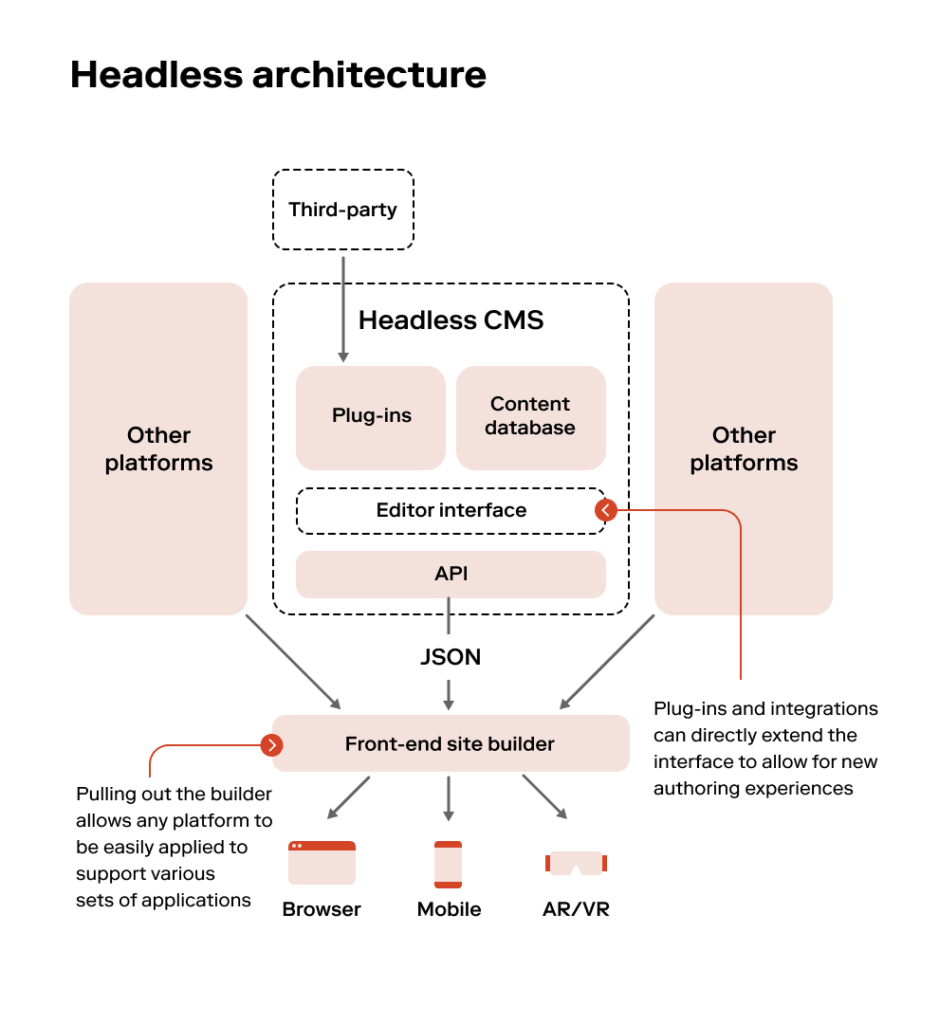
Headless CMS architecture separates content management from content delivery. I manage and store content in a backend, then deliver it via APIs to any frontend or client device. This decoupled approach removes constraints on how or where I present content.
Core Components of Headless CMS
- Content Repository: I use structured databases like MongoDB or PostgreSQL to organize and store content as entries, examples include blog posts or product descriptions.
- API Layer: I expose data through RESTful or GraphQL APIs, allowing client applications—such as web, mobile, or IoT—to request and consume content on demand.
- Admin Interface: I access a dedicated content editing interface, usually a web-based dashboard, that’s isolated from the user-facing presentation layer.
- Authentication Layer: I enforce access controls and permissions through APIs, restricting who can view, edit, or manage content resources.
Key Architectural Differences
Traditional CMS platforms render content using integrated templating engines, whereas headless CMS models push data externally. I define my own presentation and workflow outside the CMS, achieving increased customization.
| Feature | Traditional CMS | Headless CMS |
| Content Delivery | Coupled (HTML output) | Decoupled (API/JSON output) |
| Flexibility | Limited | High, supports any frontend |
| Scalability | Moderate | High, suitable for distributed loads |
| Example Platforms | WordPress, Joomla | Strapi, Contentful, Sanity |
Use Cases: Casino Platform Integration
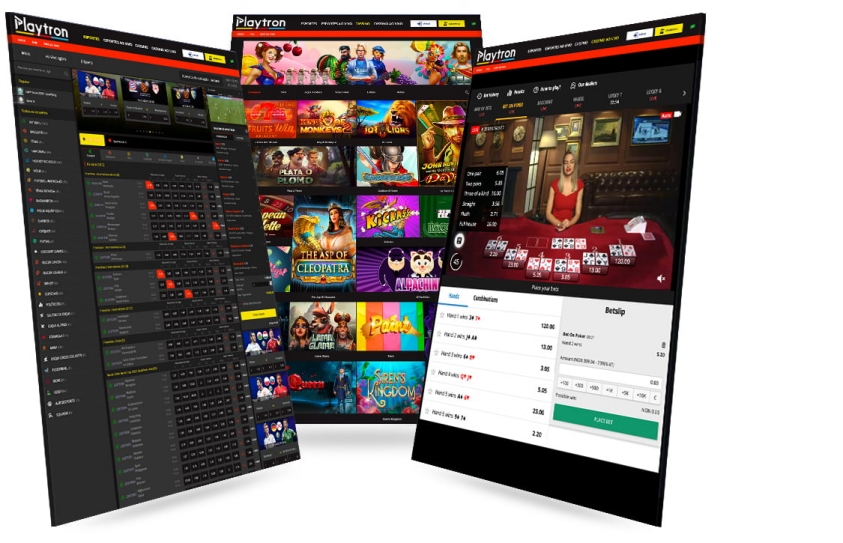
Many casino operators need to serve content quickly and securely across web, mobile, and kiosk interfaces. I use a headless CMS to store promotional banners, manage game descriptions, and deliver localized content to various casino frontends via secured APIs. This ensures that changes in bet limits or bonus details update instantly everywhere players access the platform.
Key Components of a Headless CMS
Key components shape the structure and functionality of every headless CMS. I use these core elements to enable efficient content management, scalable API delivery, and flexible frontend development across digital experiences.
Content Repository
Content repositories serve as the backbone for storing, organizing, and retrieving digital assets. I structure repositories using content types, fields, and relationships to support articles, banners, or products. Content gets stored in databases—commonly NoSQL or relational systems like MongoDB or PostgreSQL.
| Feature | Example | Purpose |
| Content Types | Articles, Promotions | Structural organization |
| Metadata/Fields | Title, Body, Image URL | Efficient querying |
| Relationships | Author-to-Article | Contextual linking |
| Revision History | Versioned Updates | Change tracking |
API Layer
API layers allow frontend and external applications to access and manipulate content through endpoints. I implement RESTful or GraphQL APIs for structured content delivery, enabling real-time updates and multi-platform distribution. Authentication and rate limiting protect endpoints while enabling secure integrations.
| API Type | Protocol | Example Use Case |
| REST | HTTP | Fetch latest news posts |
| GraphQL | HTTP | Retrieve nested resources |
| Webhooks | HTTP | Trigger publish events |
Frontend Frameworks
Frontend frameworks support presentation-agnostic content delivery. I use technologies like React, Vue, or Next.js to consume CMS APIs, enabling device-specific interfaces on web, mobile, or kiosks. Headless architecture lets me select optimal frameworks for each channel without CMS constraints.
| Framework | Integration Example | Target Platform |
| React | Display gaming promotions | Website, mobile app |
| Vue | Render event listings | Admin dashboard |
| Next.js | Server-side rendered pages | SEO-optimized websites |
Choosing the Right Tech Stack
Selecting the right technologies for a headless CMS affects performance, integration, and scalability. I consider each layer’s requirements by evaluating constraints around security, extensibility, and deployment targets.
Back-End Technologies
Back-end technologies power the core CMS functionalities, including data management, authentication, and business logic. For headless CMS projects, I focus on these main options:
- Node.js: Facilitates scalable, non-blocking server applications. Example frameworks: Express, NestJS.
- Python: Supports rapid development with Django or FastAPI for robust admin and API layers.
- Java: Delivers solid type safety and concurrency, particularly using Spring Boot.
- Database Choices: Stores flexible, structured content models. Relational databases (PostgreSQL, MySQL) and document stores (MongoDB).
| Technology | Use Case Example | Key Advantages |
| Node.js | Nested API server | High concurrency, speed |
| Python | Custom content UI | Readability, ecosystem |
| Java | Policy modules | Strong typing, security |
| PostgreSQL | Content storage | Schema flexibility |
| MongoDB | JSON content | Dynamic schemas |
API Protocols (REST vs GraphQL)
API protocol selection defines how frontends consume content.
- REST: Standard endpoint-based approach, ideal for predictable resources. Example: /api/articles, /api/users.
- GraphQL: Flexible queries enabling clients to request specific data. Ideal for nested content, casinos requiring real-time content updates, or aggregated API fetches.
| Protocol | Pros | Cons |
| REST | Simplicity, caching | Over/under-fetching |
| GraphQL | Data efficiency, type safety | Higher setup complexity |
Front-End Options
Front-end frameworks determine how users access and interact with CMS-managed content across channels.
- React: Delivers dynamic SPAs and integrates with Next.js for SSR. Casino dashboards and live feeds benefit from real-time React updates.
- Vue.js: Lightweight, approachable, supports modular development.
- Next.js: Offers SSR, SSG, route-based code splitting for React projects.
- Mobile Apps/IoT: Headless APIs serve native apps, kiosks, and smart devices.
| Framework | Use Case | Feature Highlight |
| React | Content previews, live casino feeds | Real-time updates |
| Vue.js | Marketing site, portal UI | Lightweight structure |
| Next.js | SEO-optimized landing pages | SSR, route prefetching |
Each choice connects back to efficient content delivery and flexibility, aligning tech stack decisions with the needs of scalable headless CMS projects.
Step-By-Step Guide: How to Build a Headless CMS
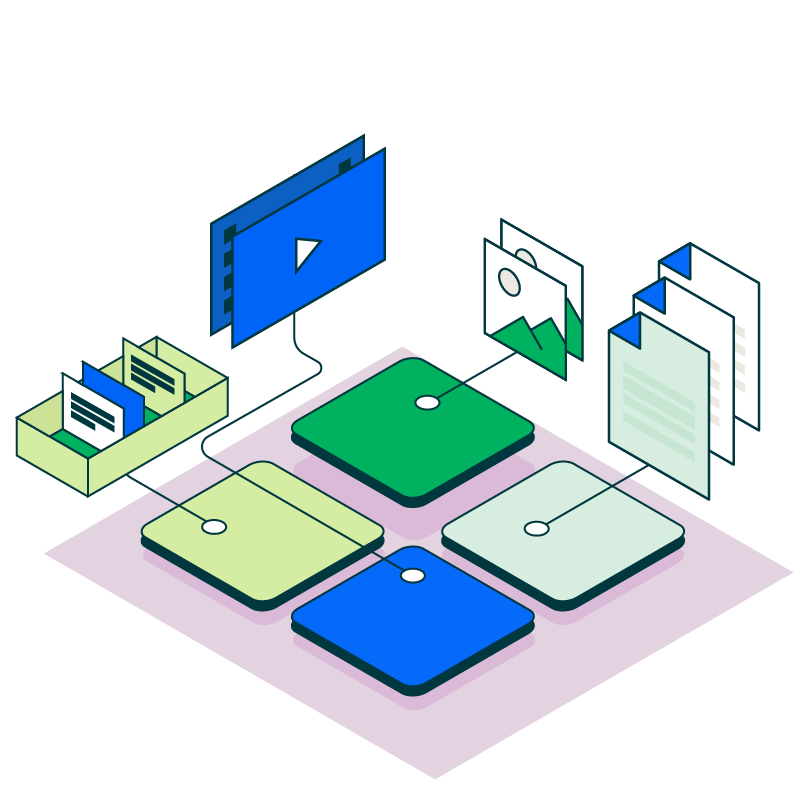
Implementing a headless CMS demands both a systematic backend foundation and a modular approach to content management. I streamline my process through key phases that ensure adaptability and fast integration.
Setting Up the Backend
Establishing the backend determines stability and scalability for a headless CMS. I select a language such as Node.js, Python, or Java, then use a framework like Express, Django, or Spring Boot for rapid server setup. I choose a database—PostgreSQL for relational data or MongoDB for document-oriented needs. For authentication, I typically integrate JWT or OAuth standards.
| Backend Option | Description | Use Case |
| Node.js + Express | Lightweight JavaScript backend | Fast API-centric platforms |
| Python + Django | Robust Python backend with admin scaffolding | Content-heavy applications |
| Java + Spring Boot | Enterprise-level scalable backend | Large-scale deployments |
| PostgreSQL | Relational database with strong schema | Structured content storage |
| MongoDB | NoSQL database for flexible schemas | Unstructured or varied data |
Creating Content Models
Defining content models enables structured data storage and retrieval. I design logical schemas for content types, specifying fields like title, description, media, and relationships. For example, in a news CMS, I use models for « Article, » « Author, » and « Category, » each with distinct attributes.
| Content Type | Fields Example | Relationship Example |
| Article | title, summary, body, image | Belongs to Category |
| Author | name, bio, avatar | Writes many Articles |
| Category | name, description | Groups many Articles |
Developing and Exposing APIs
Developing and exposing APIs allows frontend and external systems to interact with stored content. I build endpoints using REST or GraphQL, ensuring routes for content retrieval, updates, and deletion. I implement pagination, sorting, and filtering, with access control managed via token-based authentication. I test API responses using tools like Postman or Swagger.
| API Feature | REST Example Endpoint | GraphQL Equivalent |
| Fetch all articles | GET /api/articles | { articles { title } } |
| Fetch by ID | GET /api/articles/:id | { article(id: 1) { … } } |
| Create new | POST /api/articles | mutation { createArticle(…) } |
Connecting the Frontend
Connecting the frontend connects the API-driven backend to presentation layers. I pick frameworks like React, Vue.js, or Next.js for building fast and dynamic frontends. I fetch content via REST or GraphQL queries and render components based on structured content. I manage state using libraries like Redux or Vuex to ensure a responsive user experience across devices.
| Frontend Framework | API Consumption | Key Advantage |
| React | REST/GraphQL | Component-driven, robust |
| Vue.js | REST/GraphQL | Lightweight, flexible |
| Next.js | REST/GraphQL | SSR support, fast deploy |
Common Challenges and Best Practices
Technical Challenges
- API Stability
API versioning requires careful planning, since frequent schema changes break frontend integrations.
- Content Modeling Complexity
Defining scalable content schemas gets complicated for projects with hundreds of content types, like entertainment platforms or e-commerce storefronts.
- Security Risks
Public APIs increase attack surfaces. Authentication, rate limiting, and input validation lower potential vulnerabilities.
- Performance Bottlenecks
API over-fetching or under-fetching impacts response times. Caching and batched requests optimize delivery speed.
| Technical Challenge | Description | Best Practice Example |
| API Stability | Breaking changes disrupt existing frontends | Maintain backward compatibility with versioned endpoints |
| Content Complexity | Large schemas slow down onboarding | Use reusable field-types and templates |
| Security Risks | Exposed data through APIs | Deploy token-based authentication (JWT, OAuth) |
| Performance | Slow data retrieval from APIs | Implement CDN layers and response caching |
Content Governance and Workflow
- Content Lifecycle Management
Setting up editorial workflows with state transitions (draft, review, publish) helps content creators avoid accidental releases.
- Role-Based Access Control
Assigning granular permissions ensures only vetted users edit or publish sensitive sections.
- Consistency Across Channels
Structuring content in atomic units supports uniform delivery to web, app, and third-party platforms.
Scalability and Maintenance
- Database Performance
Scaling database architecture (vertical or horizontal scaling) prevents latency as content and user bases expand.
- Automated Testing
Continuous integration with API and UI test coverage identifies regressions early.
- Documentation and Training
Clear technical documentation and onboarding guides reduce handover friction as teams grow.
Headless CMS in Casino Platforms
- Real-Time Content Updates
Casino platforms utilize headless CMS to push live promotions, odds changes, and compliance alerts across sportsbook pages, kiosks, and mobile apps.
- Multi-Region Compliance
Stringent regional regulations require separate publishing workflows and permissions for localized versions.
- Frequent Content Releases
Dynamic markets force daily content updates, demanding robust APIs and efficient editorial workflows.
| Use Case | Challenge Example | Solution (Headless Approach) |
| Real-Time Promotions | Instant delivery to multiple endpoints | Webhooks and event-driven content pushes |
| Regulatory Compliance | Varying rules per jurisdiction | Localized roles and publish workflows |
| High-Volume Content Edits | Frequent updates during events | Modular content types and API gating |
Best Practices Checklist
- Use versioned APIs with explicit deprecation policies
- Apply granular access controls for editorial and developer roles
- Leverage static content generation with cache invalidation for speed
- Set up automated deployment and test pipelines
- Document content schemas and workflows for all stakeholders
Conclusion
Building a headless CMS has completely changed the way I approach content management and delivery. The freedom to separate backend logic from frontend design lets me create experiences that truly fit any platform or device.
By focusing on flexibility and scalability I’ve found it much easier to adapt to new requirements and technologies as my projects evolve. Embracing a headless approach means I’m always ready for the next big shift in digital content.
Frequently Asked Questions
What is a headless CMS?
A headless CMS is a content management system that stores and manages content separately from how it is presented, delivering content via APIs to any frontend or device.
How does a headless CMS differ from a traditional CMS?
Unlike traditional CMS platforms that combine content management and presentation, a headless CMS decouples the backend and frontend, allowing content to be delivered anywhere through APIs.
What are the key benefits of using a headless CMS?
Headless CMS offers flexibility, scalability, improved performance, and the ability to deliver content seamlessly across websites, apps, and smart devices.
Which components make up a headless CMS architecture?
Core components include a content repository, API layer, admin interface, and authentication layer, all working together to manage and deliver content independently.
Which technologies are commonly used in headless CMS development?
Popular backend technologies include Node.js, Python, and Java. Databases like PostgreSQL and MongoDB are common, with RESTful or GraphQL APIs for content delivery. Frontend frameworks often used are React, Vue, and Next.js.
How does a headless CMS enhance scalability?
By separating content management from presentation, a headless CMS allows developers to scale backend resources and deliver content to multiple platforms without being restricted by templates.
Is a headless CMS suitable for enterprise projects?
Yes, a headless CMS is highly suitable for enterprise projects, especially those needing responsive multi-platform content delivery, strong governance, and frequent updates.
What are some challenges in building a headless CMS?
Common challenges include API stability, complex content modeling, security risks, and performance bottlenecks. Managing workflows and ensuring consistent content delivery are also key considerations.
How can I ensure content security in a headless CMS?
Implement authentication and role-based access, use secure API protocols, and regularly update dependencies. Best practices include encryption, rate limiting, and thorough testing.
Can a headless CMS support real-time content updates?
Yes, using modern API protocols and event-driven architectures, a headless CMS can provide real-time content updates across various platforms and devices.
